The First Japanese IFV
In modern land battles, infantry fighting vehicles (IFV) are necessary for transporting troops and providing direct fire support. Such armored vehicles have been developed by most nations with the US-made M2 Bradley standing out from the rest of the IFVs.
Being heavily armed and extremely agile, the Bradley became the basic model for subsequent IFV developments, with the Japanese Army (JGSDF) joining this trend in the 1980s by developing its first infantry fighting vehicle – the Mitsubishi Type 89 IFV.
- General Overview
| Mass | 26.5 tons (standard) |
| Length | 6.8m (22.3ft) |
| Width | 3.2m (10.5ft) |
| Height | 2.5m (8.2ft) |
| Crew | 3 people |
| Passengers | 7 personnel |
| Maximum Speed | 70km/h (43.5mph) |
| Operational Range | 400km/250miles |
| Armament | 35mm cannon 7.62mm machine gun Type 79 anti-tank missiles |
| Unit Price | 6 million USD |
Just by looking at the outward appearance, it is obvious that the Type 89 IFV emulated the American M2 Bradley, but the vehicle is officially classified as an “armored combat vehicle (装甲戦闘車)” rather than an infantry fighting vehicle (歩兵戦闘車).
This is due to the strange fact that modern day Japan avoids using the original term for infantry – “Hohei (歩兵).”
Instead, Japan prefers the word “Futsu-ka (普通科)” which is translated to general course or normal unit. Thus, everything referring to infantry is replaced by this odd term, reflecting the postwar aversion towards military.
 The Type 89 IFV firing its cannon (photo: JGSDF)
The Type 89 IFV firing its cannon (photo: JGSDF)
Still, the Type 89 is a standard IFV commonly seen in western countries, with a 35mm cannon and two Type 79 anti-tank missiles capable of defeating not only enemy tanks, but also landing crafts as well.
The Japanese IFV incorporates steel plates that can withstand machine gun fire and artillery shell fragments while simultaneously ensuring protection against any NBC threats (nuclear/biological/chemical) .
The vehicle also has enough off-road maneuverability to keep pace with the Type 90 tank during actual combat situations. It can normally accommodate up to seven personnel, but one more can be seated if the passengers scoot closer to each other.
One unique feature is the firing ports on the side for firing rifles from inside the vehicle which reinforces the design similarity to the US Bradley. Nonetheless, these ports are considered as vulnerabilities in a defense aspect and their practicality are always in question.
Too Expensive, Few Numbers
The Type 89 IFV, despite being a world-standard infantry fighting vehicle, faces the usual challenge of small production deriving from small domestic demand. This predicament has led to the Japanese IFV costing over 6 million USD and only 68 units were produced as a result.
Even though the JSGDF didn’t intend nationwide deployment, this number is inadequate considering that the total production of the Type 90 tank reached 340 units.
This IFV shortage is evident when we look at the JGSDF 7th Division, the only armored division which is supposed to receive priority allocation of latest equipments, incapable of obtaining enough Type 89 IFVs and still relying on the outdated Type 73 armored vehicles.
 Not enough for even a single division (photo: JGSDF)
Not enough for even a single division (photo: JGSDF)
So, does the JGSDF plan to replace the Type 89s with a new IFV?
Currently, there is no concrete plan to develop a new IFV, though the Ministry of Defense briefly considered an idea called a “close-combat vehicle.”
Since priority shifted to introducing amphibious armored vehicles for the newly established “Amphibious Rapid Deployment Brigade (Japanese Marines)” to counter a Chinese expansion in the south, any prospect of developing a new Japanese IFV remains unforeseen.


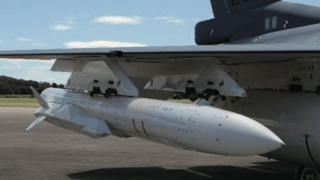
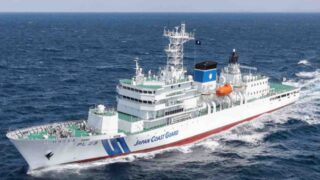
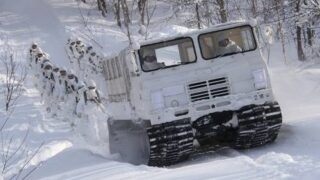
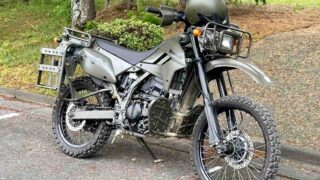
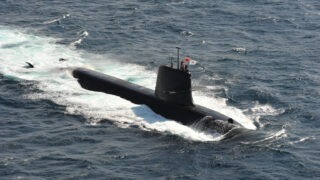
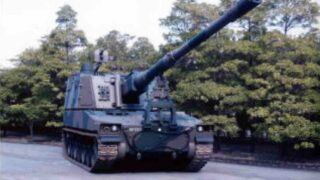
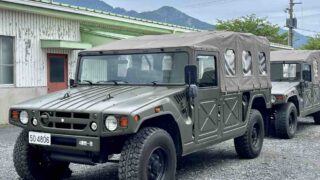
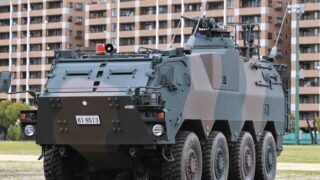


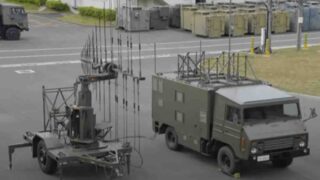

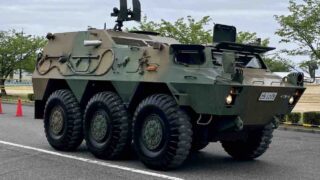
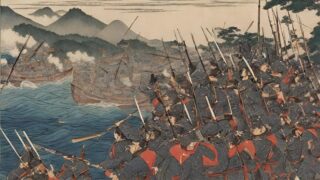
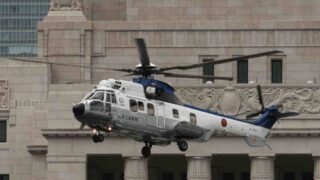
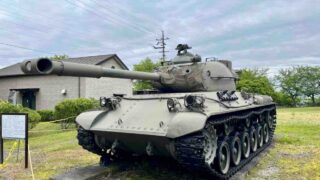
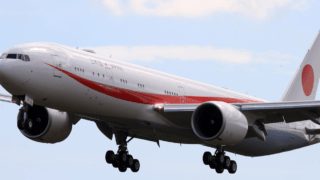
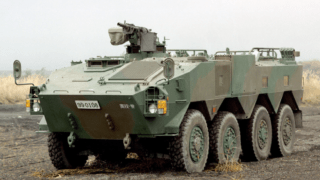

Comments